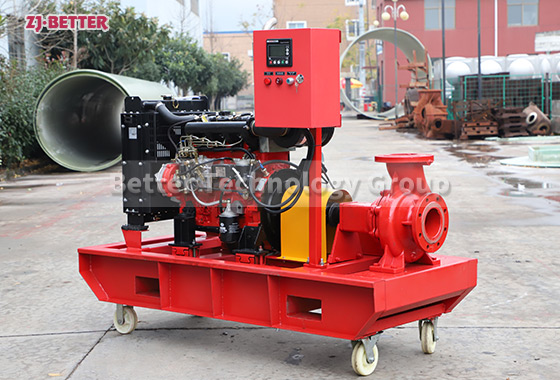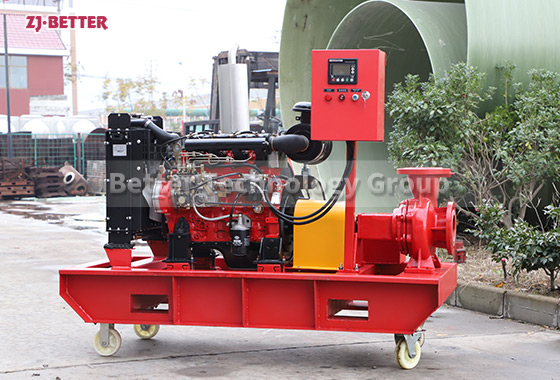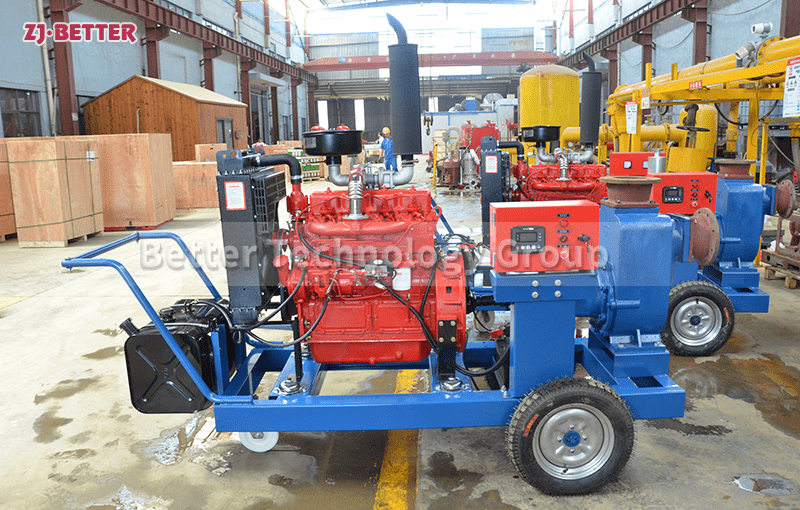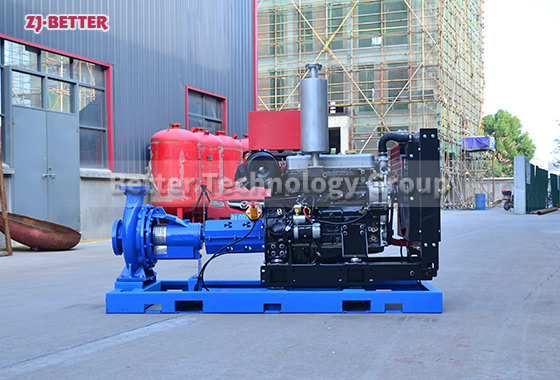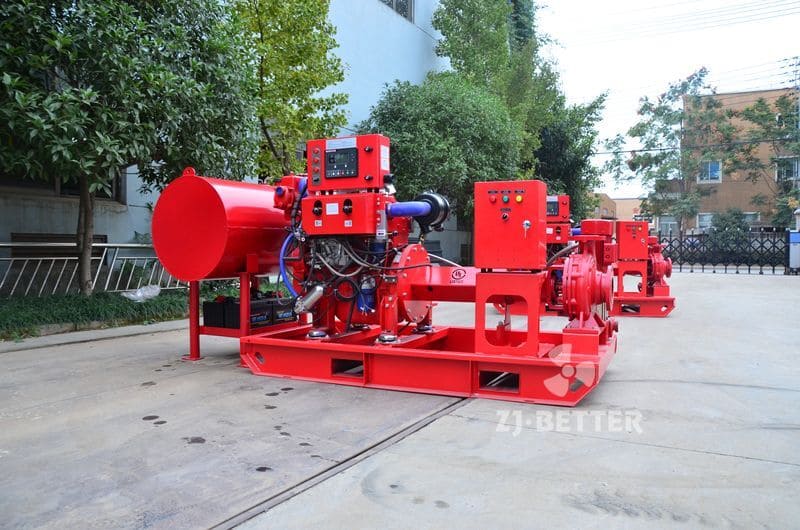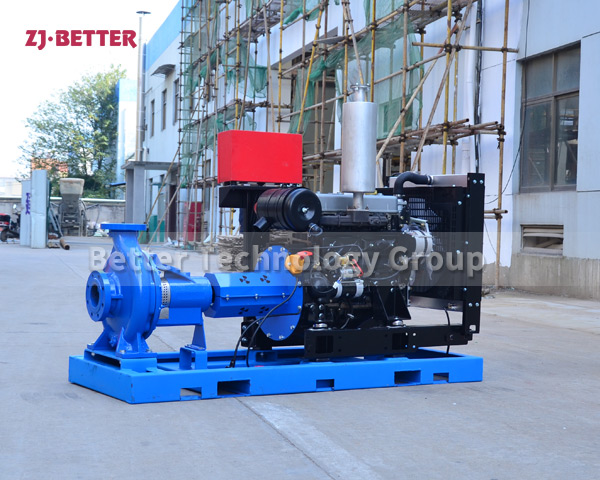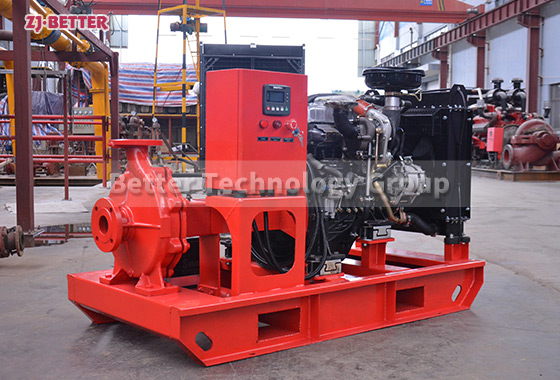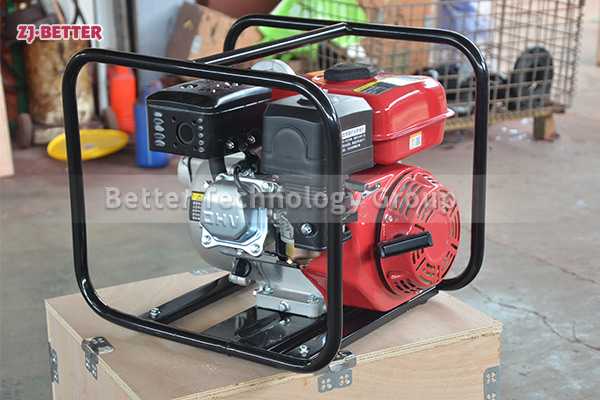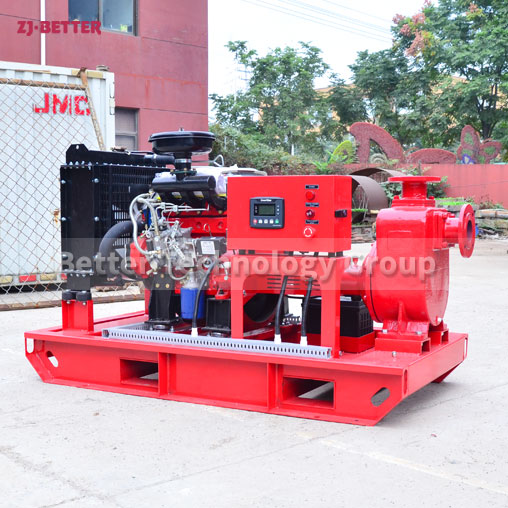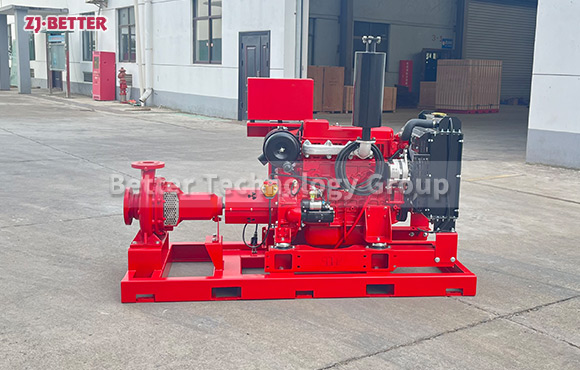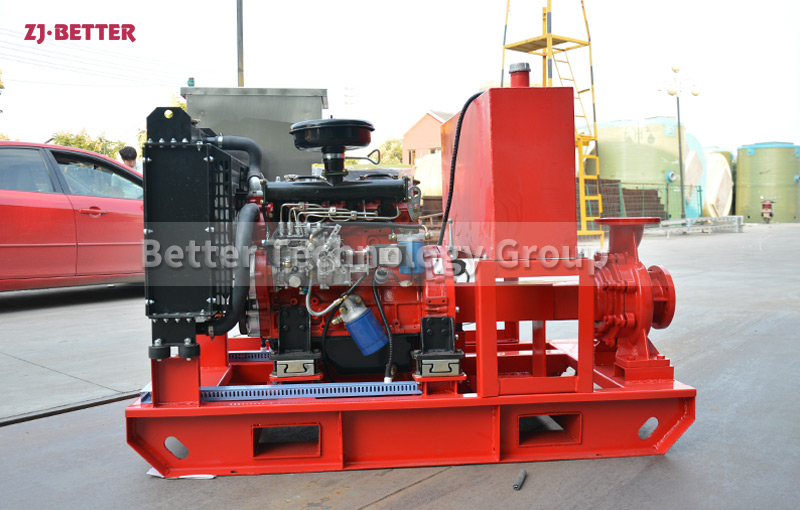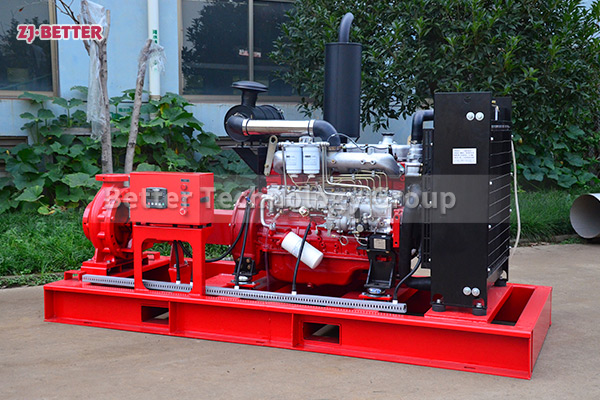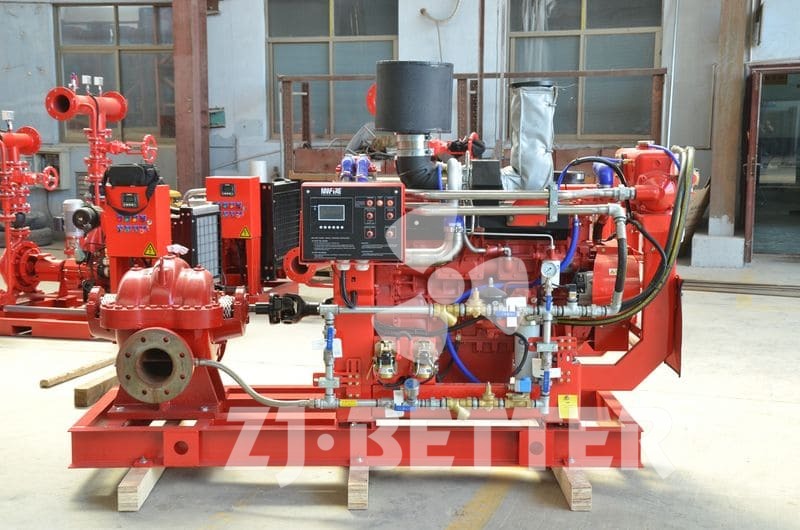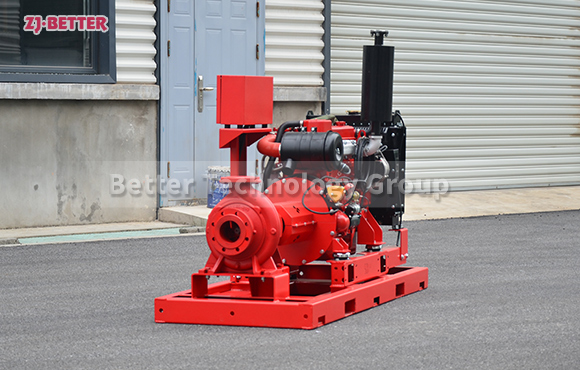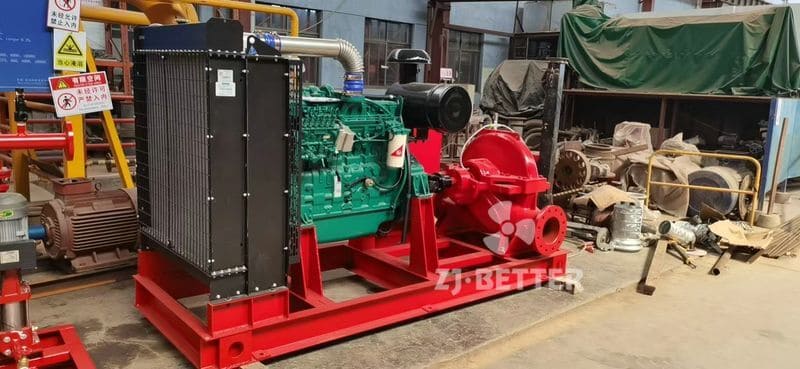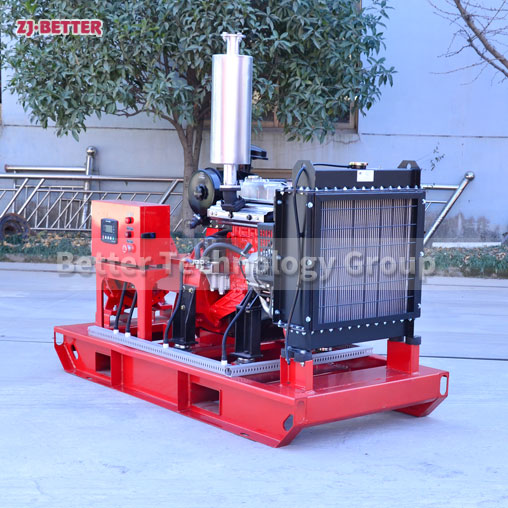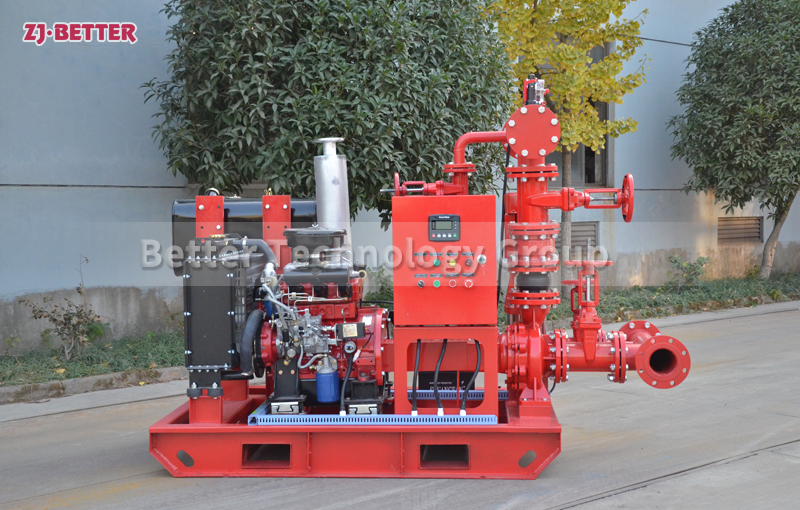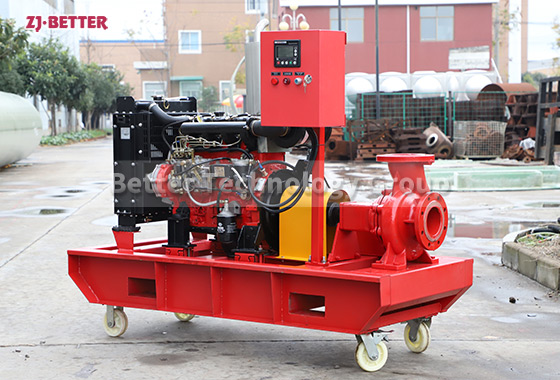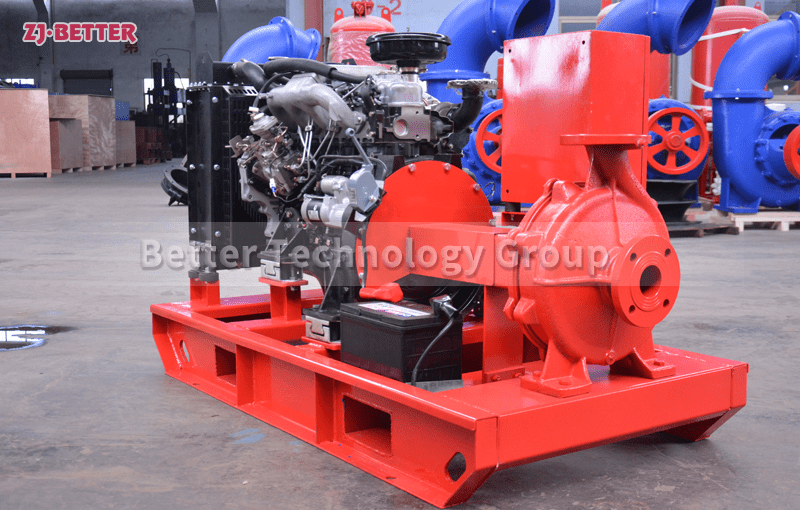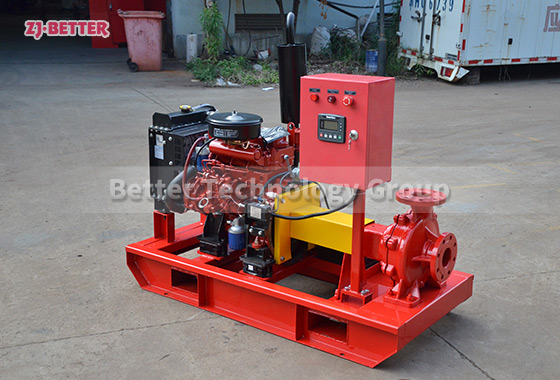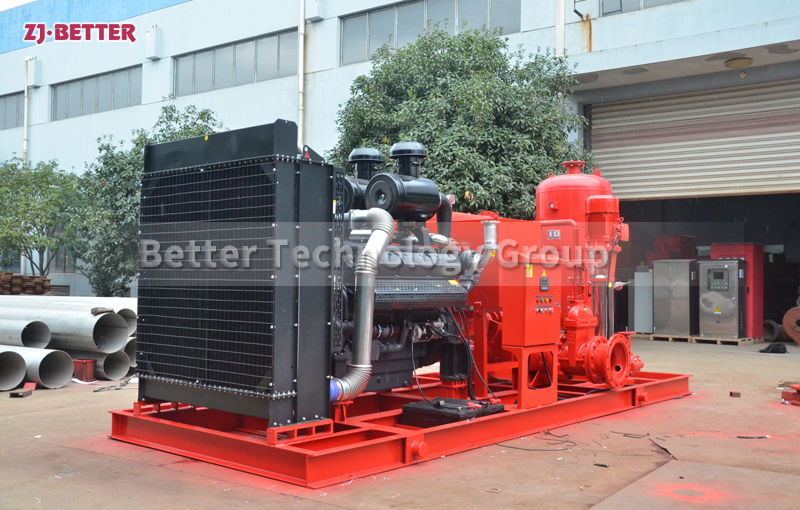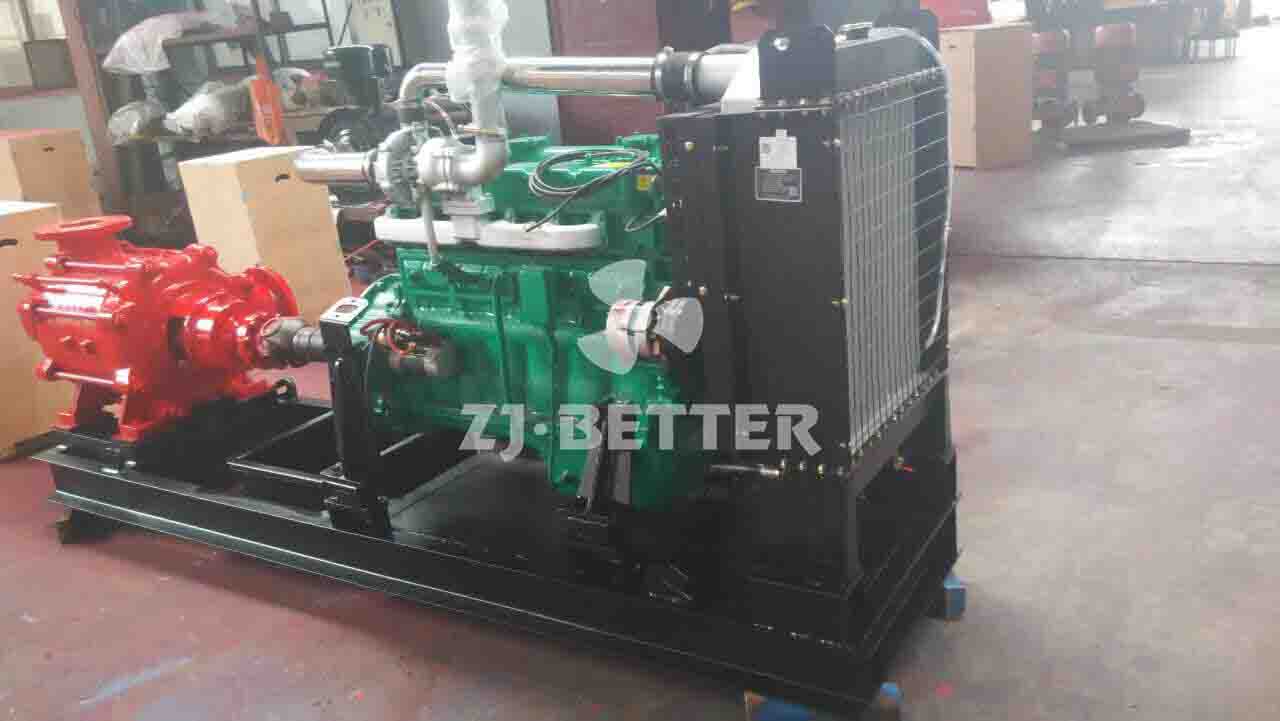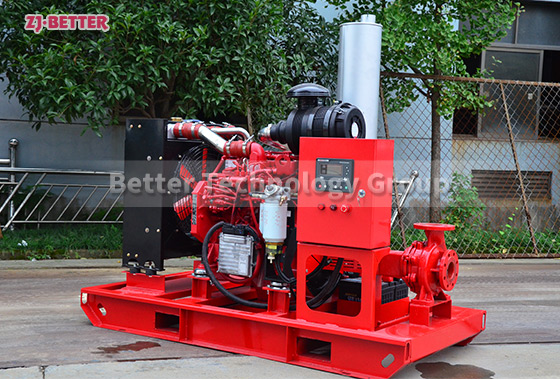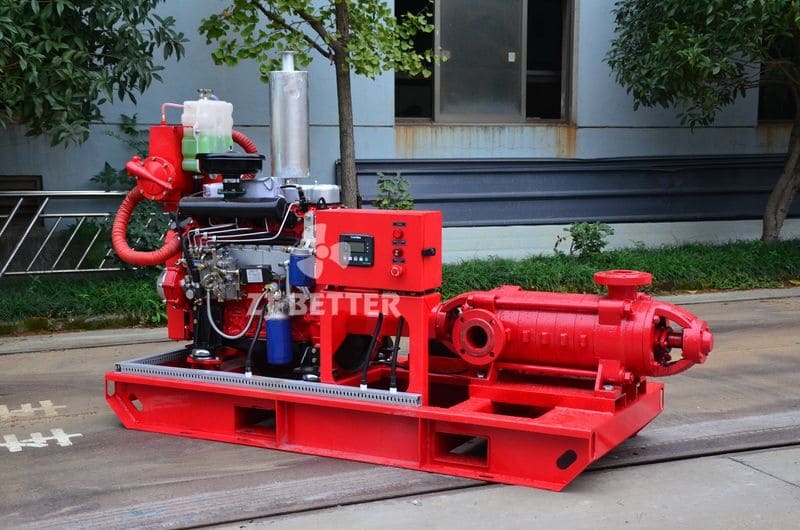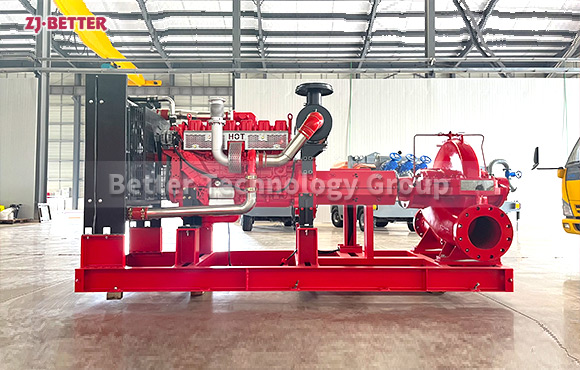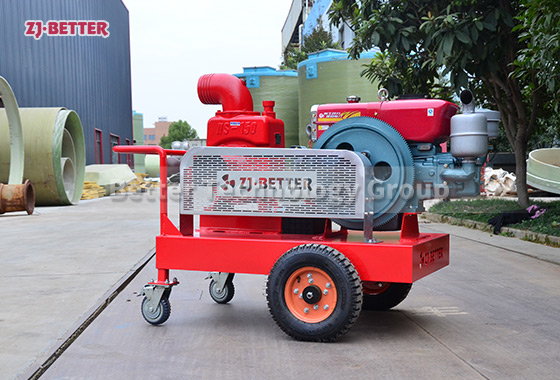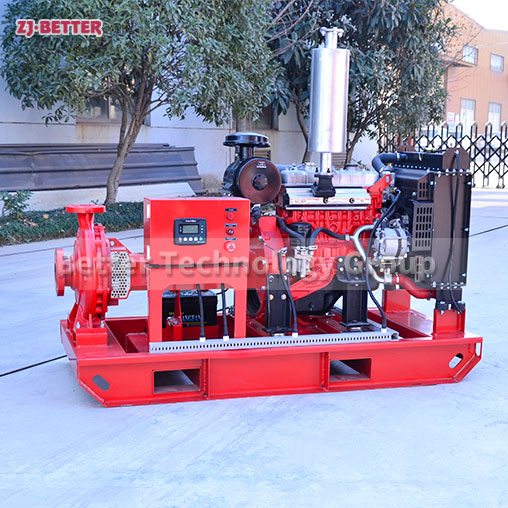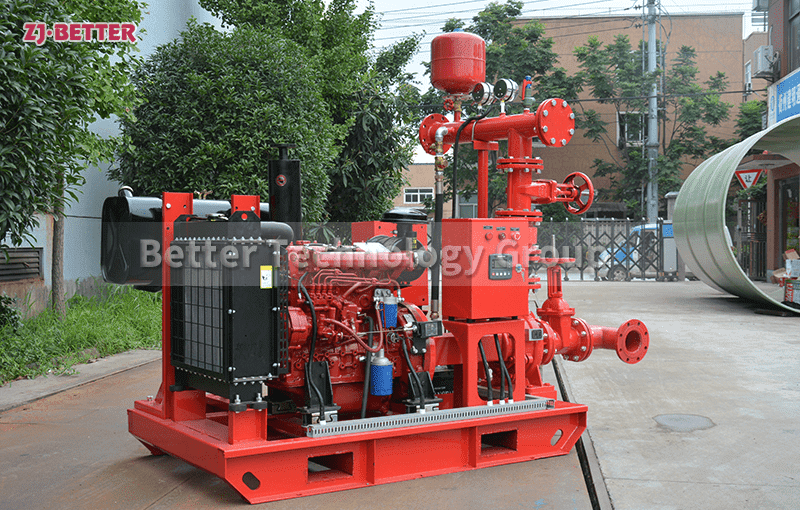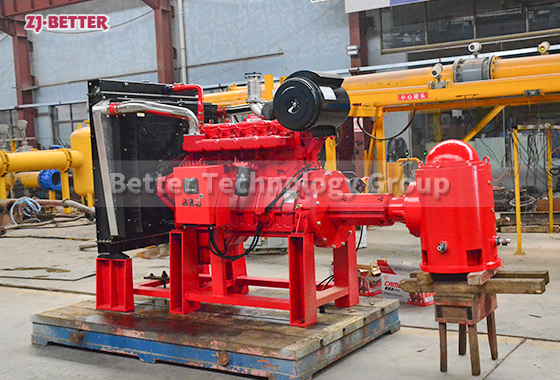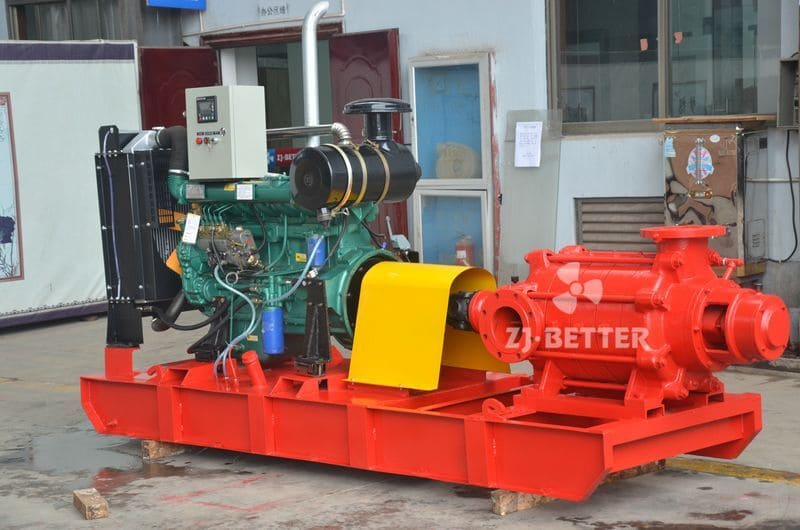1.The Diesel Single-stage Single-suction Fire Pump with wheels excels in terms of mobility, which is a significant advantage. It is equipped with sturdy and durable wheels, allowing you to effortlessly move the fire pump to the desired location. Whether in urban or rural areas, it can adapt to various terrains and environmental conditions. This convenient mobility makes the Diesel Single-stage Single-suction Fire Pump with wheels an ideal emergency firefighting equipment.
2.Application: Suitable for various fire booster and pressure stabilization scenarios; various villas, residential communities, and fire systems; industrial and civil building firewater systems; places with high fire protection requirements such as oil depots and docks.
3.Permissible Media: Potable water, chilled water, firewater, and other media without abrasive impurities or long fiber impurities that cause chemical or mechanical corrosion to the pump. The permissible maximum medium temperature is 70 degrees Celsius, and the maximum ambient temperature is 40 degrees Celsius.

